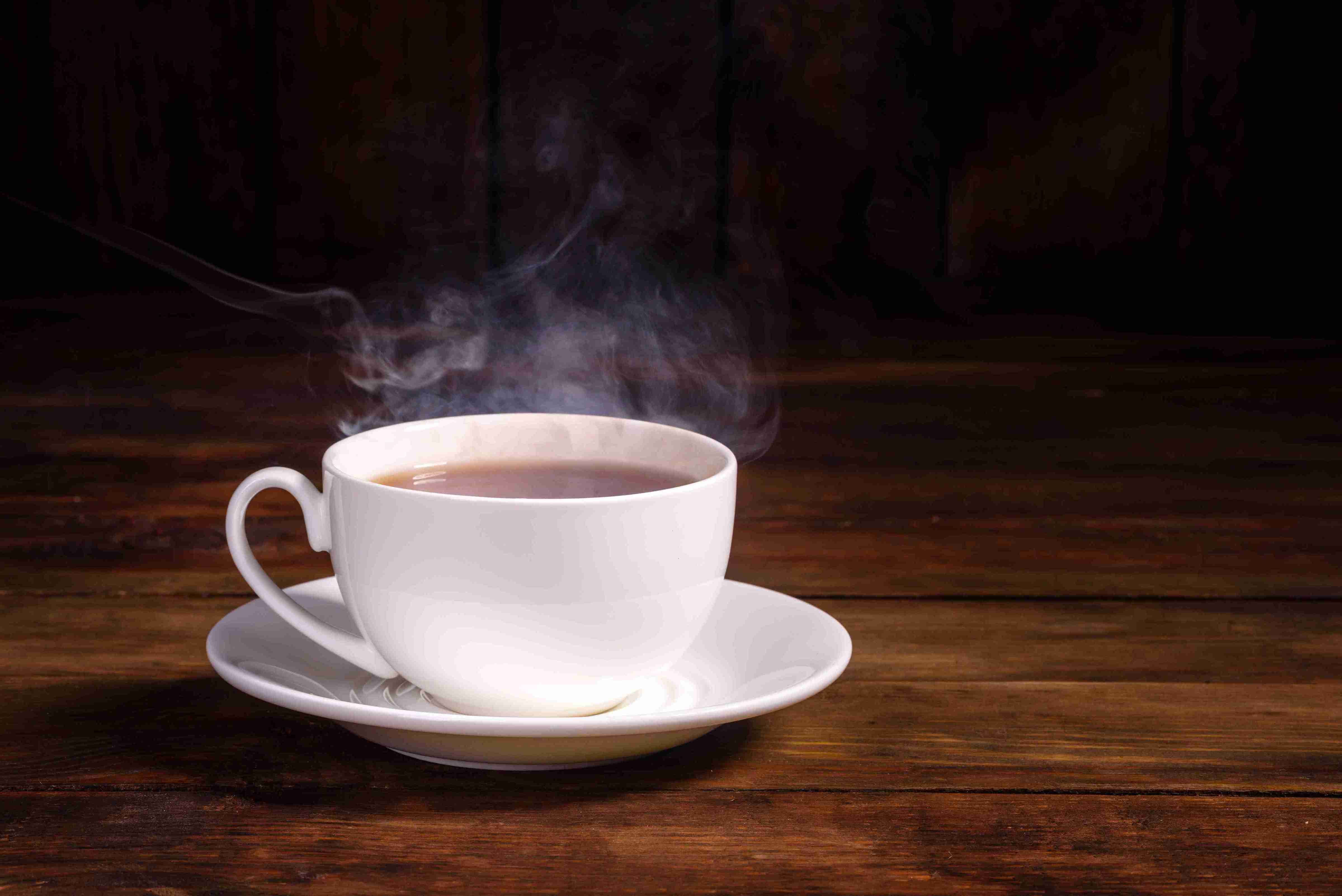Are you a tea enthusiast always on the lookout for new and exciting flavors? If so, you've likely encountered the renowned Darjeeling tea, often hailed as the "Champagne of Teas." But have you ever wondered why Darjeeling tea is known for its distinctive floral aroma?
Let's dive into the fascinating world of this prized beverage and uncover the secrets behind its unique floral notes.

The magic of microclimate
The story of Darjeeling tea's floral character begins with its origin. Nestled in the foothills of the Himalayas, the Darjeeling region boasts a unique microclimate that plays a crucial role in shaping the chemical composition of the tea leaves.
Key factors include:
- Altitude: Darjeeling tea gardens are situated at elevations ranging from 600 to 2,000 meters above sea level.
- Climate: The region experiences cool temperatures, high humidity, and abundant rainfall.
- Soil: Rich, well-drained soil contributes to the tea plants' health and flavor development.
These factors combine to create the perfect environment for producing tea leaves with exceptional aromatic qualities.

Picture: Hills of Darjeeling, Kanchenjunga, Mountain in the background
The science behind the scent
Research has revealed that Darjeeling teas contain high levels of two key compounds:
- Geraniol: A fragrant alcohol that contributes to the tea's rose-like aroma.
- Phenylacetaldehyde: An organic compound that adds honey-like and floral notes.
These compounds, along with others, contribute to the complex and delightful bouquet that Darjeeling tea is famous for.
The art of tea production
While the microclimate lays the foundation, the production process is where the magic truly happens. Darjeeling tea makers are masters of their craft, carefully controlling various factors to bring out the best in each batch:
- Time: Precise timing during each stage of production is crucial.
- Temperature: Careful control of heat during withering and oxidation.
- Pressure: Applied during rolling to release the leaves' aromatic oils.
- Oxygen exposure: Managed during oxidation to develop desired flavors.

Picture: Green Tea leaf being withered in a trough

Picture: Tea rolling machine. Use of these machines determine how much tea is bruised for the cell wall to be broken and chemicals exposed to the atmospheric oxygen.
The low oxidation secret
One key factor in preserving Darjeeling tea's floral nature is the degree of oxidation. Most prized Darjeeling teas are lightly oxidized, which helps to:
- Maintain the tea's delicate floral notes
- Prevent excessive astringency
- Preserve the natural sweetness of the leaves
Highly oxidized teas, while having their own merits, often mask the subtle floral characteristics that make Darjeeling tea so special.
Exploring similar teas: The floral wonders of nepal
While Darjeeling tea is renowned for its floral characteristics, tea enthusiasts shouldn't overlook the exceptional teas from neighboring Nepal. Nepal Hills Tea, in particular, offers a range of teas that rival the floral notes of Darjeeling.
The Nepali tea connection
Interestingly, many Nepali teas come from a similar microclimate to Darjeeling:
- Geographical proximity: Nepal's tea-growing regions, especially Ilam, are adjacent to Darjeeling.
- Shared altitude: Like Darjeeling, Nepali tea gardens are often situated at high elevations.
- Similar climate: The Nepali tea regions experience comparable weather patterns to Darjeeling. The air current pattern are driven by the weather patterns from the bay of Bengal. While Kanchenjunga mountain in the nearby region regulates the temperature.
This similarity in growing conditions results in teas that can be remarkably similar to Darjeeling in their floral qualities.

Picture: Google Map showing Illam, Nepal and Darjeeling on the opposite side of the border between India and Nepal.
Floral Nepali Teas to Explore
For those who love the floral notes of Darjeeling tea, here are some Nepali teas that offer similar aromatic experiences:
- Himalayan Noir: A black tea known for its complex floral bouquet.
- Himalayan Pearl: Offers delicate floral notes with a smooth finish.
- Himalayan White: Prized for its subtle, yet distinctive floral aroma.
These teas from Ilam, Nepal, showcase the region's ability to produce high-quality, floral teas that can stand alongside the best of Darjeeling.
Broadening your tea horizons
While Darjeeling tea holds a special place in the world of floral teas, exploring Nepali teas can open up new dimensions of flavor and aroma. The shared microclimate and tea-making traditions of these neighboring regions offer tea lovers an exciting opportunity to expand their palates.
Whether you're sipping a classic Darjeeling or venturing into the world of Nepali teas, you're sure to encounter the captivating floral notes that make these Himalayan teas truly special.




